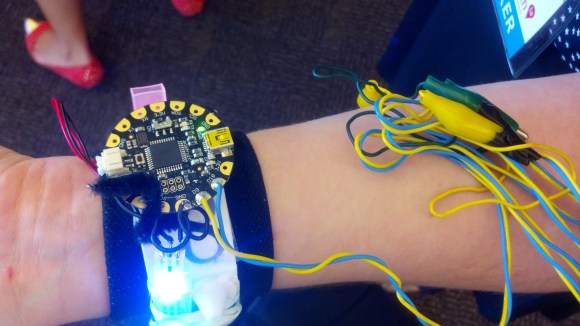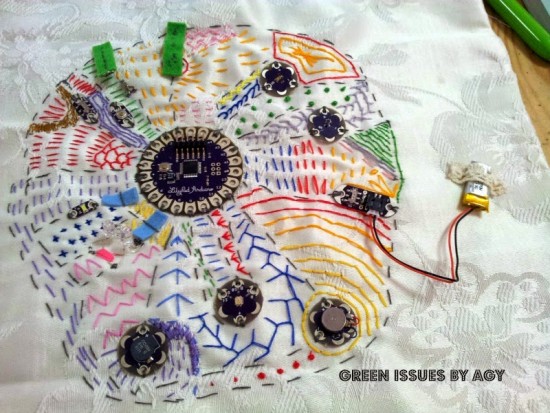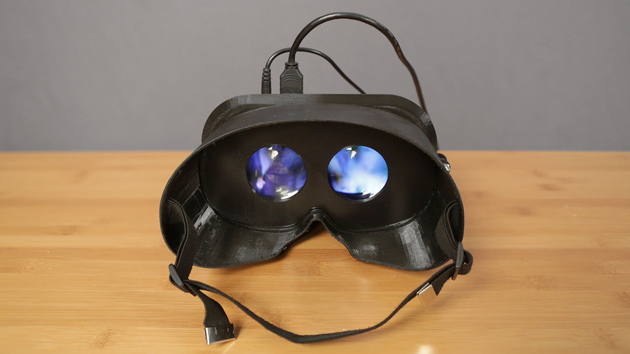
This 3D printed scent distributor was put together by eight people from three states during the 2014 NYC NASA Space Apps Challenge. The team went on to take 1st place in the competition.
The project is called Senti8 and uses a FLORA Arduino micro-controller and a Neopixel LED strip purchased from Adafruit. A smartphone mobile app then remotely connects to the device allowing the user to choose which scent they would like to send to their friend, who is also wearing one of the wristbands.
They came up with the idea by simply asking an American astronaut named [Doug Wheelock] what he missed the most while travelling through the boundless reaches of outer space. To their surprise, he said that the thing he missed the most was his sense of smell.
Originally, the project was envisioned to be a wearable technology for space tourism. But over time, the project morphed into a wristband that would allow people to remember places or planets visited. Even memories unique to those places through scent could be experimented with.
One of the team members, [Brooks], was spotted wearing the Senti8 at the Wearable Tech LA conference in Pasadena, CA on July 17, 2014. The LED lights lining the outside could be seen all the way across the large auditorium as she chatted up with local Crashspace members as they prepared to present their design-oriented hacks to the public.
She gave an interview demoing the wristband which can be seen in the video posted below:
The Senti8 Intro video can be see here as well:
Filed under:
wearable hacks 










